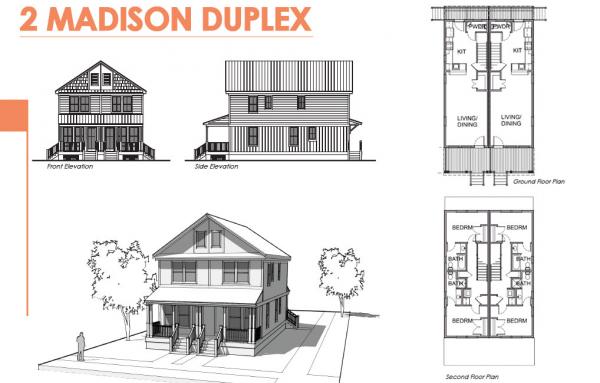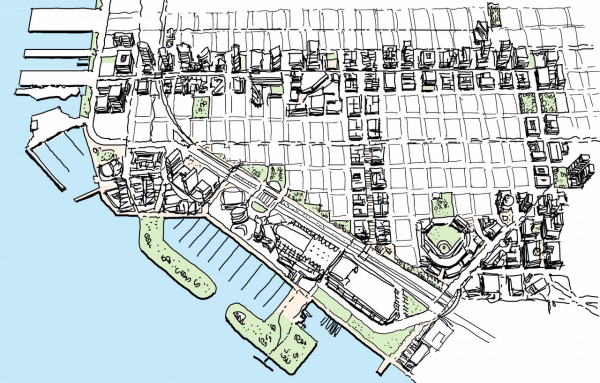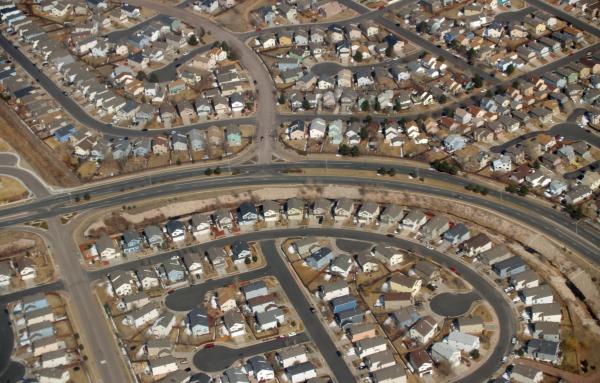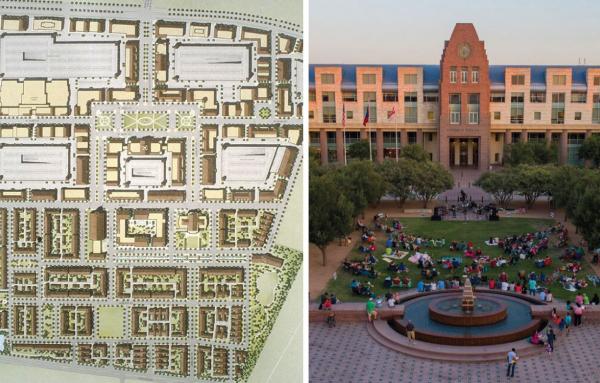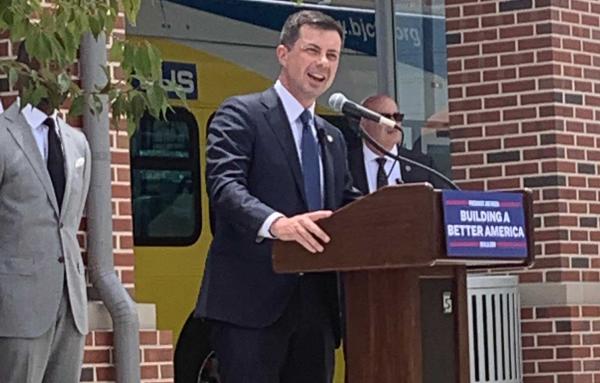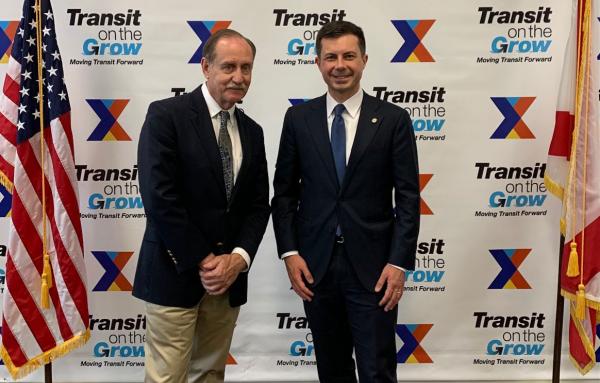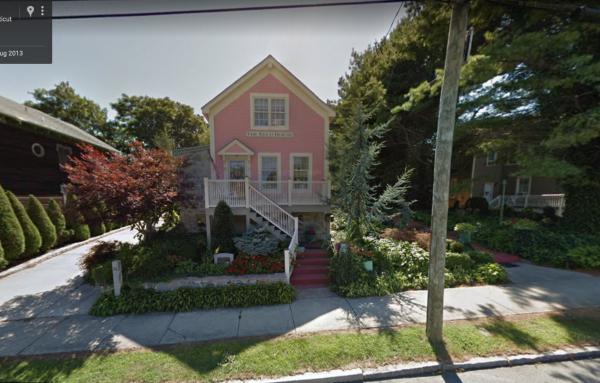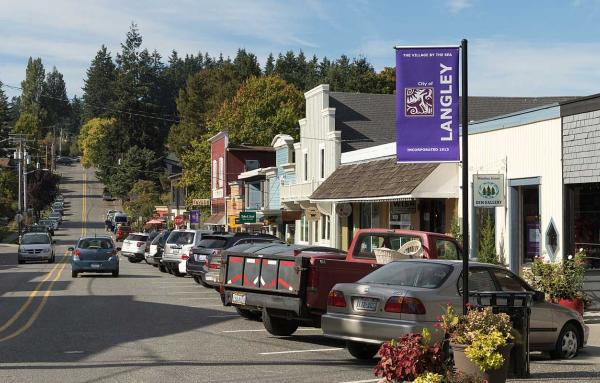Policy
A house plan catalog is designed to expedite construction of compact housing that fits the neighborhood context throughout the city.
The state of California is responding to the nation’s second highest housing costs (behind only Hawaii) with regulatory reforms that promote form-based codes along transit lines and commercial corridors.
The US National Blueprint for Transportation Decarbonization lays out goals for practitioners of New Urbanism and smart growth “to increase convenience and reduce emissions by making it possible for people to take fewer or shorter trips.”
California’s new legislation may be the catalyst for transforming America’s dying commercial strips
We used to understand that housing construction was in the public interest
Frisco, Texas, has been one of the fastest growing cities in the US over the last three decades, going from a small town of 6,000 in 1990 to more than 200,000 today. In the 1990s, when the city north of Dallas began to boom, officials acquired land...
In Arbitrary Lines, M. Nolan Gray offers a vision for a post-zoning world—including a productive shift in the planning profession.
The remarks of the US Secretary of Transportation, announcing the launch of the Reconnecting Communities program in Birmingham last week, are posted below.
Transportation Secretary Pete Buttigieg went to Birmingham, Alabama, Thursday to launch the DOT’s $1 billion Reconnecting Communities program.
The start of the city’s Birmingham Xpress, a 10-mile bus rapid transit line that connects 25...
Thirty years ago, Oklahoma City’s downtown was hurting badly, and the city’s livability and beauty were at a low ebb. A policy called MAPs transformed the city.
Last night I watched the drama Little Pink House, based on the Kelo v. City of New London, Connecticut, eminent domain case that reached the US Supreme Court in 2005. The case centered on the taking of non-blighted houses in the small Connecticut...
A toolkit highlights the power of land-use and transportation policy in recovery from the devastating impacts of COVID.
